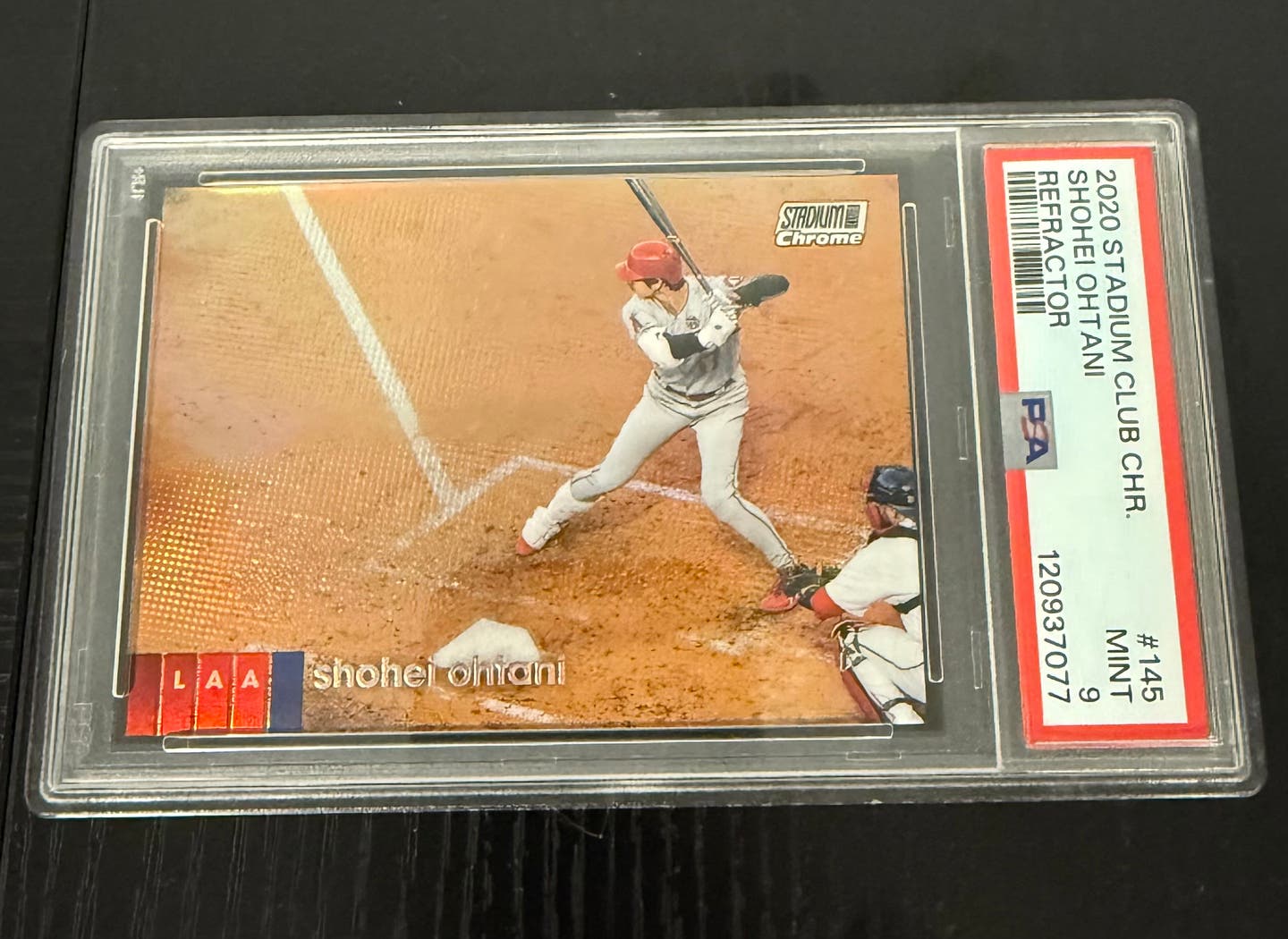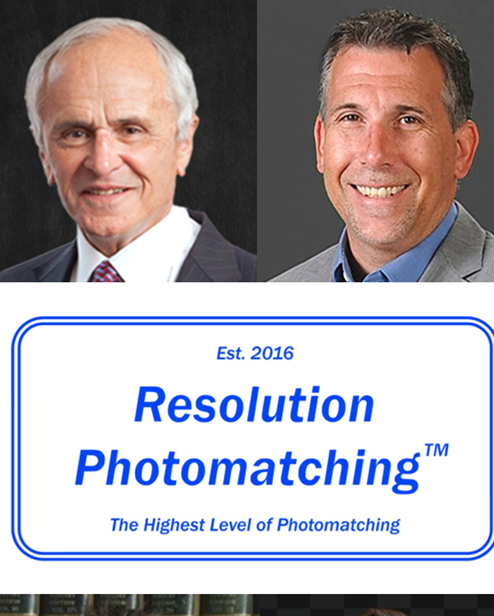Featured
Forged ‘Cuts’: How Crooks Spun Pieces of Paper into Gold
By Kevin Nelson
(Editor’s Note: This is the latest installment in our series on the notorious Operation Bullpen conspiracy and its ongoing impact on the collecting hobby. To see the rest of the articles in this series, scroll to the bottom of the article for links.)
The nationwide autograph forgery ring brought down by the FBI in 1999 might seem like ancient history to some collectors. But the ring’s damage to the hobby continues to be felt today, most particularly in the area of "cuts" – as in cut signatures.
A “cut,” in the language of collectors, is essentially a piece of paper signed by a sports star or celebrity. The Bullpen ring, according to the Justice Department prosecutor who helped send several of its members to prison, “practically invented cuts.” Before them, he said, “cuts practically did not exist. After them, cuts were everywhere.”
Now this claim may strike some as an exaggeration because cuts – in one form or another – have been around for decades, reaching back to the days when autograph collectors would send postcards or 3-by-5-inch index cards in the mail to stars asking for their autograph. What the Bullpen ring did, however, was turn this almost innocent pastime into a high-volume criminal enterprise that generated huge profits.
First, the crooks needed to create the cuts themselves – which they did, boxes and boxes and boxes of them. The paper they used was often torn from old books purchased at Goodwill stores. If the gang was creating fake Babe Ruth cuts, for instance, these books were perfect because they were published in the 1930s and ‘40s when Ruth was still alive. So no one, including law enforcement, could ever challenge the paper for authenticity because it truly was made in his time. The gang repeated this technique with scores of other dead superstars, including show business legends such as Elvis and Marilyn Monroe.
This is not to say that all of the cuts they did were supreme examples of the forger’s art – not even close. The sigs of Abe Lincoln and Teddy Roosevelt shown here are crudely done. But as silly and bad as some of these forgeries were, some alleged “expert” in the field could almost always be found to deem them legitimate, such as these Hoover and Madison cuts that were certified by Donald Frangipani, the Brooklyn authenticator who signed off on many of the counterfeits crafted by the gang.
It should be noted though that these cuts were virtually never sold to the public as simple scraps of paper and nothing else. Who wants to buy a scrap of paper, even if it has a Jack Kennedy or Christy Mathewson autograph on it? Not many. So what the crooks did was combine a signed scrap of paper with a photo of the person whose autograph it was. Then they’d take the pieces to a frame shop where they would be turned into a beautiful framed presentation fit for sale.
Cuts were extraordinarily profitable. Cheap to make, fast to do, easy to distribute. Believe it or not, there was a time in the early 1990s when it was hard to find celebrity cuts. Then, by the middle of the decade with the flourishing of the Bullpen gang, they started popping up everywhere – in memorabilia stores, airport shops, poster galleries, all over Vegas, the home shopping channels and the Internet.
And you know what? Today, you can still find plenty of these pieces being sold in all the usual places, online and off. The Bullpen crew and other forgery crews busted by the FBI in the late 1990s and early 2000s made many of them. But they are also being made today by contemporary forgery crews never busted or even investigated by the FBI. For the Bullpen crew did not just sell cuts, they created a new way to fool collectors and the public at large, a technique that continues to be used today.
Next week: We’ll see more pictures that have never been released to the public before, including some remarkable celebrity forgeries.
Kevin Nelson is the author of Operation Bullpen: The Inside Story of The Biggest Forgery Ring in American History.
Here are the previous installments in Nelson’s series:
• Operation Bullpen, and Why Forgers Don’t Always Hit the Sweet Spot
• How To Trick People and Get Away With It: The Art and Craft of the Forger
• The ’98 Home Run Chase: A Perfect Storm for Counterfeiters
• Forging the Big Three: DiMaggio, Mantle, Williams
• What’s So Crazy About a Mother Teresa Baseball Anyhow?








